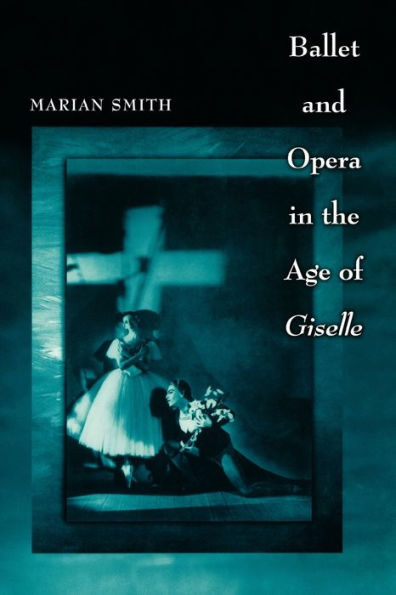5
1
9780691146492


Ballet and Opera in the Age of Giselle available in Paperback

Ballet and Opera in the Age of Giselle
- ISBN-10:
- 0691146497
- ISBN-13:
- 9780691146492
- Pub. Date:
- 08/29/2010
- Publisher:
- Princeton University Press
- ISBN-10:
- 0691146497
- ISBN-13:
- 9780691146492
- Pub. Date:
- 08/29/2010
- Publisher:
- Princeton University Press
42.0
In Stock

Product Details
| ISBN-13: | 9780691146492 |
|---|---|
| Publisher: | Princeton University Press |
| Publication date: | 08/29/2010 |
| Series: | Princeton Studies in Opera , #21 |
| Edition description: | New Edition |
| Pages: | 288 |
| Product dimensions: | 6.10(w) x 9.10(h) x 0.80(d) |
About the Author
What People are Saying About This
From the B&N Reads Blog
